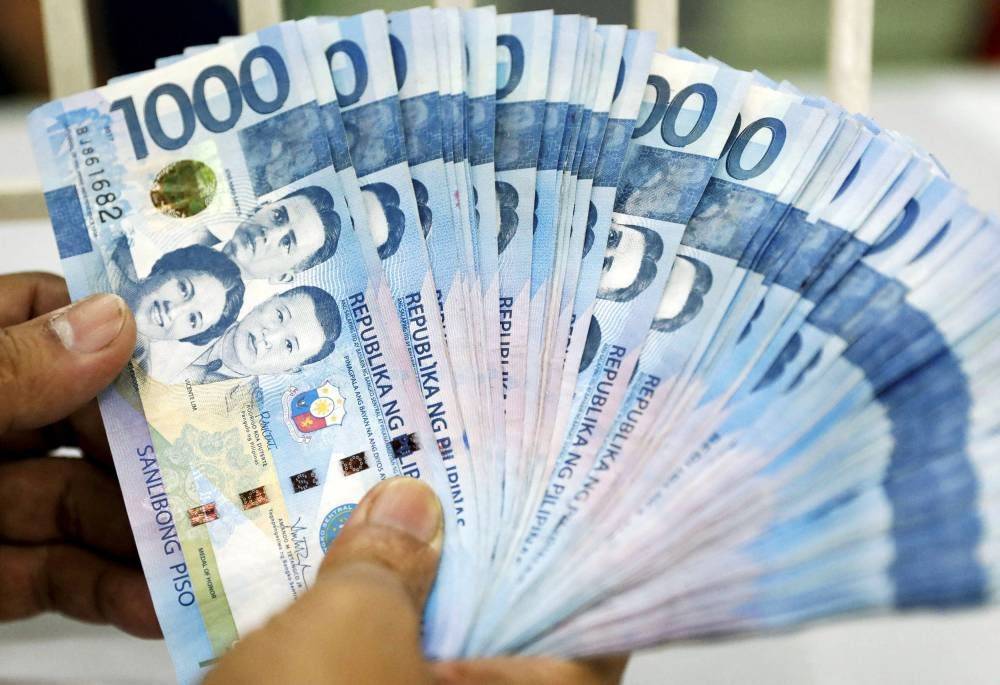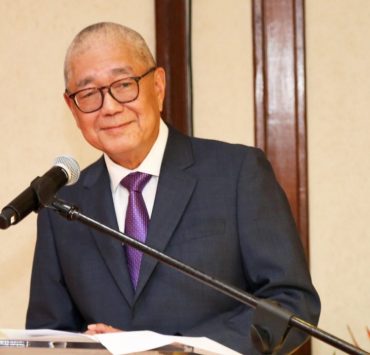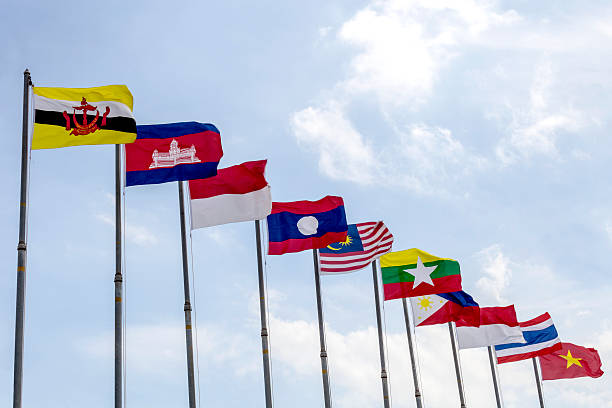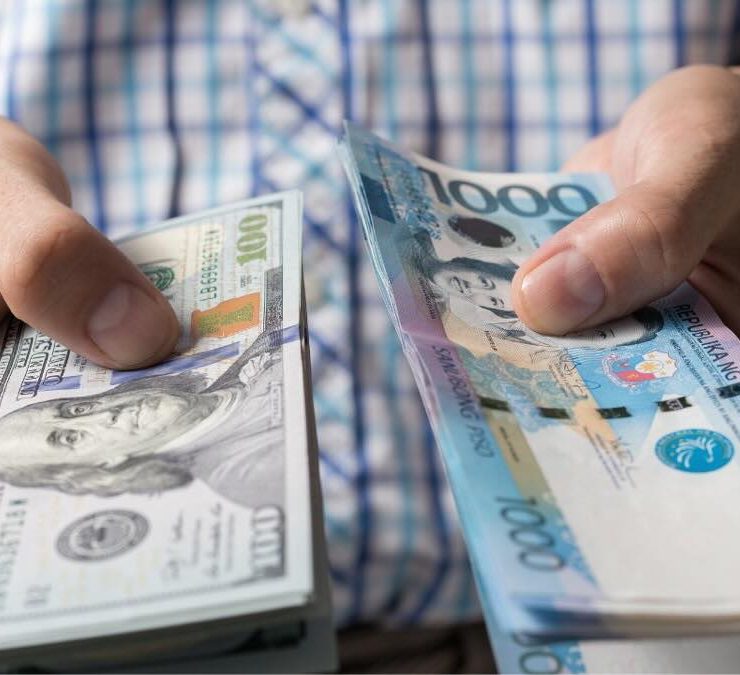Remittances hit 2024 high of $2.88B in June

Money sent home by Filipinos abroad reached its highest level so far this year in June, although a potential recession in the United States is threatening to clip the growth of remittances.
Cash remittances coursed through banks amounted to $2.88 billion in June, up by 2.5 percent year-on-year, data released by the Bangko Sentral ng Pilipinas (BSP) showed.
Figures showed this was the highest inflow so far this year.
Michael Ricafort, chief economist at Rizal Commercial Banking Corp., said remittances were typically high in June as Filipinos abroad hike their money transfers to pay for school-related fees ahead of the resumption of classes. Such a seasonal surge, he explained, may last until August.
Economic slowdown
But Ricafort said the possibility of a recession in the United States, major host country of Filipino expats, could pose a serious risk to remittances as data showed high interest rates stateside might be starting to weaken the American job market.
“Risk of economic slowdown or even recession in the United States, as well as in other countries that host large number of OFWs (overseas Filipino workers) … would still be a drag for remittances especially if there would be job losses,” he said.
The June spike in inflows brought the six-month remittances to $16.25 billion, 2.9 percent bigger than a year ago. According to the BSP, cash remittances from the United States, Saudi Arabia and Singapore contributed mainly to the increase in the first half of the year.
Data showed remittances have been growing at around 3 percent since late 2022, with the BSP projecting the average growth of these inflows to settle at that level again in 2024. That trend made some analysts believe that the growth of such transfers might be plateauing already even despite the weakness of the local currency in the past months.
Purchasing power
Money sent home by Filipinos overseas is a major source of purchasing power in the Philippines, where consumption typically accounts for nearly 70 percent of gross domestic product. That said, a plateauing remittance growth may translate to sub-par support to consumer spending.
But Ricafort said remittances remain a “bright spot” for the economy, as they keep many Filipino families afloat amid stubbornly high inflation.
“Nevertheless, the continued and consistent growth in remittances could be attributed to higher inflation locally that required the sending of more remittances back to the country,” he said.




















